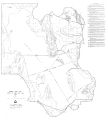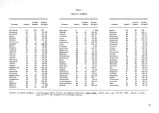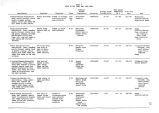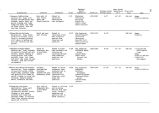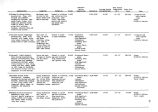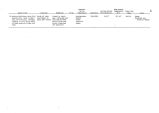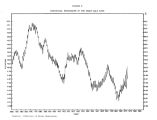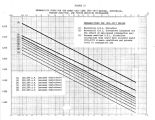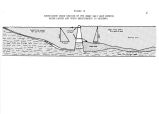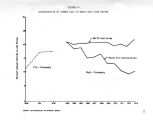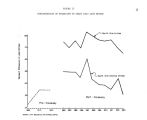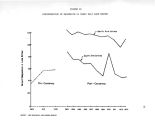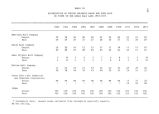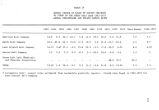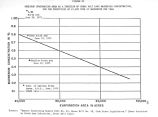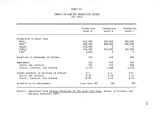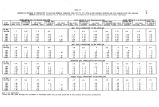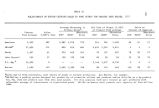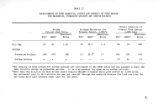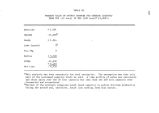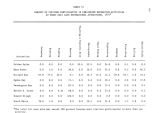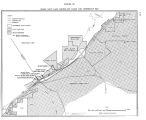| OCR Text |
Show 74 introduction of Antelope Island Causeway has restricted the circulation within Farmington Bay, accentuating the pollution problem. The range of potential impacts of the sludge accumulation and the restricted circulation in the Farmington Bay have not been defined. However, two studies ( Sudweeks, 1965; Carter, 1971) reveal that both surface and deep water are contaminated with coliform bacteria. Bilayer stratification is observed in both studies and the sampled sediments show high concentration of organic materials. Carter's study finds that coliform bacteria are much more concentrated at the bottom of the Lake than at the surface. The study indicates that most coliform bacteria are killed or inactive in NaCl concentration greater than 5.5 percent. However, a test of sewage utilization by bacteria showed that coliform bacteria and some human pathogens can utilize undecom- posed sewage as their source of energy. When temperature and NaCl concentrations are favorable, these organisms can multiply in number. Therefore, the sediments could be, in effect, a repository of bacterial pollution. Shallow mud flats covered by a layer of sewage and warmed by the sun could harbor pathogens. Excessive organics provide support for coliform bacteria and produce methane and hydrogen sulfide as a result of anaerobic fermentation. Increased fermentation in fresher waters would allow for more methane, hydrogen sulfide, carbon dioxide and hydrogen gases to escape into the atmosphere. If the pollutional status is defined and necessary correction measures taken, effluents discharged to the Lake can be controlled, a condition which would be economically beneficial and protective of Lake environment. This concept could only be implemented through a basin- wide water quality management program. |




























